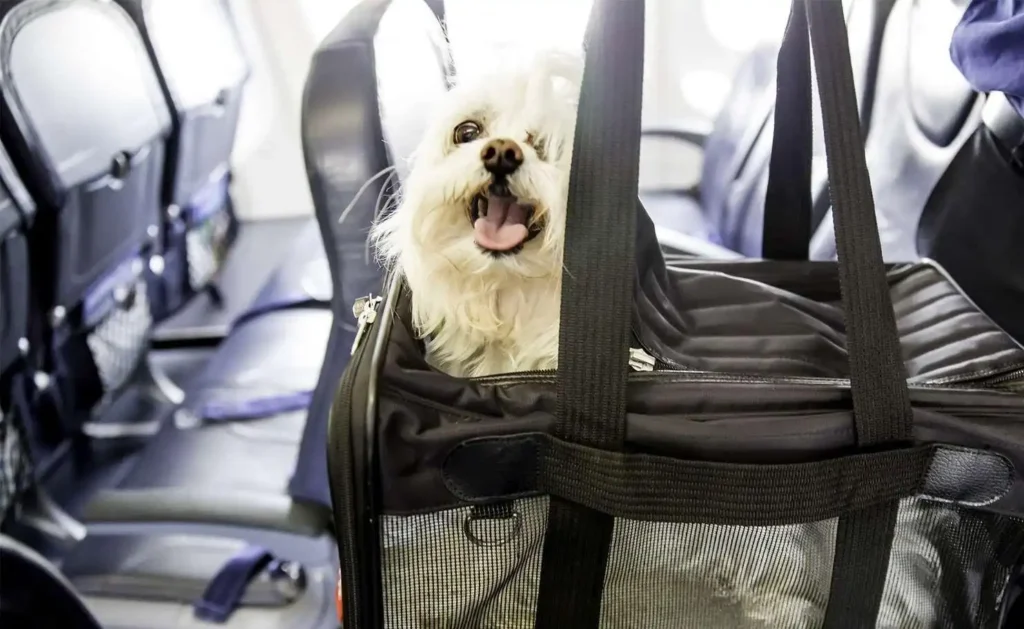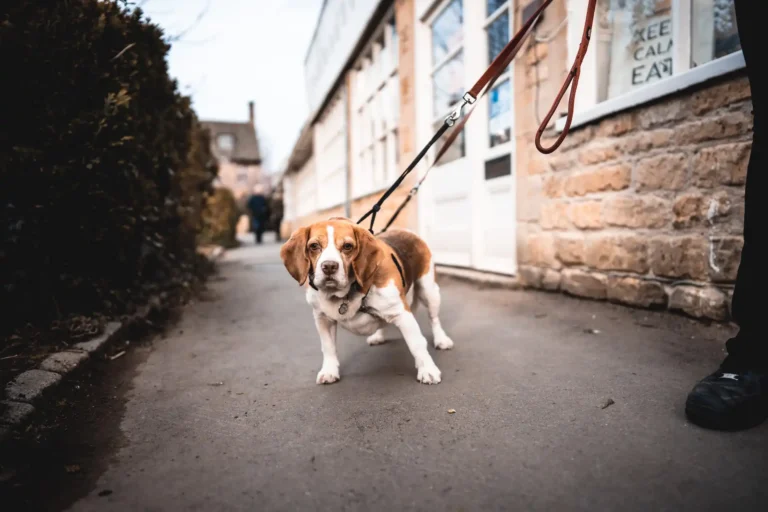How to Travel with a Dog
Introduction
Traveling with a dog is becoming increasingly popular: according to surveys, more than 60% of owners take their dogs on trips. However, such a trip requires careful preparation – from choosing transport to collecting documents. In this article, we will discuss how to make the trip comfortable for you and your furry friend, avoid stress and unforeseen situations.

Preparation of documents
Properly completed documents are the basis for a trouble-free trip. Their list depends on the type of trip (domestic or international), but the basic list includes:
- Veterinary passport
- Mandatory for all trips.
- It should contain notes on:
- Rabies vaccination (not older than 1 year and not later than 21 days before travel).
Veterinary certificate (form no. 1)
Required for trips abroad and some regions of Russia (for example, the Kaliningrad region). Issued at a state veterinary clinic no earlier than 5 days before departure.
International Veterinary Certificate
Required for entry into EU countries, the USA and other countries. Replaces Form No. 1, issued at the border checkpoint.
Additional requirements
- Some countries (Japan, Australia) require a rabies antibody test.
- — When transiting through the EU by land transport, a “Eurocertificate” is required.
Choice of transport
If you are planning a trip by car, you should take care of your dog’s safety on the road.
Use a hammock or a carrier to keep your dog out of the driver’s way. For larger breeds, a harness is a good choice.
Dogs get tired on long trips, so stop every 2-3 hours for a walk. Take water in a travel bowl and moisture-absorbing diapers.
Transporting dogs by train has its own restrictions:
Russian Railways allows transporting dogs weighing up to 20 kg in a SV compartment or separate carriages. Large dogs are transported in containers in the baggage car.
To travel by train, a veterinary certificate form No. 1 is required.
A special carrier is required for air travel. Dogs weighing up to 10 kg (including the carrier) are allowed to be carried in the cabin under the seat. A dog weighing up to 23 kg (including the carrier) can be carried in the seat, but large dogs will have to fly in the luggage compartment.
Collecting an “emergency suitcase”
Gather a first aid kit and essential items:
First aid kit: Hydrogen peroxide, bandages, antihistamines (Suprastin), enterosorbents (Enterosgel), thermometer.
Search for housing
When choosing a hotel:
Search for pet-friendly hotels using filters on or specialized websites. Check the permissible size and weight of the dog that can be brought in.
Is there an extra charge for cleaning the room given the presence of a dog?
Is there a dog walking area?
You can use the Airbnb website to rent a place. When choosing, use the filter “Pets allowed”. Warn the owner about the dog in advance.
Travel Safety
Various situations may occur on the way; it is impossible to prepare for all force majeure events, but you can try to minimize them.
Put a collar with a tag on your dog with your contact information and address. A microchip is additional insurance. If your dog is lost, you will be contacted as soon as possible and your furry friend will be returned home.
It is advisable to take out insurance: take out a policy for your dog that covers treatment abroad (for example, Petplan or Allianz).
Peculiarities of International Travel
Travel to EU countries
A chip, rabies vaccination (at least 21 days before the trip), and EU veterinary passport are required.
For Finland, Malta and Norway, an antibody titer test is required.
United Kingdom
— The dog must be treated for echinococcus 24-120 hours before entry.
USA
A rabies vaccination is mandatory, but a certificate is not required. However, some states (such as Hawaii) impose a quarantine of up to 120 days.
What to do in emergency situations
If your dog is lost: Post ads on local social media and groups (e.g. Facebook Lost & Found Pets). Contact the police and shelters.
If your dog is sick, find the nearest veterinary clinic using the VetFinder or PetCoach app.
Preparing your dog for travel
Introduce your dog to the carrier in advance: 2-3 weeks before the trip, start putting treats in the container so that the dog associates it with positive things.
Getting to know the transport: if you are planning to travel by train, take several trips on the electric train.
Conclusion
Traveling with a dog is a wonderful pastime. Plan your route in advance, prepare documents and accessories, and study the rules of transportation. Remember: even unforeseen situations can be resolved if you stay calm.






